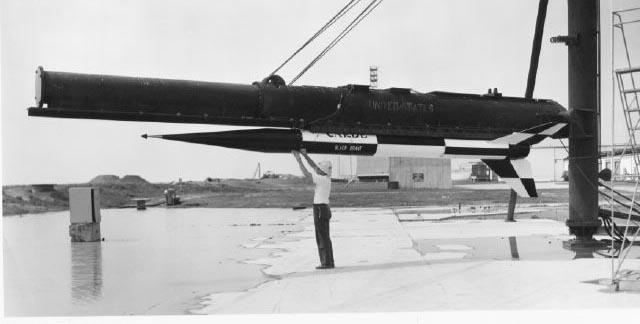Maybe this post belongs in the Watering Hole, but I am hoping that scale hounds will know the answer.
Is there a technical reason why some classic rockets have one fin of a different color than the other three? Two examples would be the D-Region Tomahawk (3 black, 1 red) and the Nike Smoke (3 red, 1 yellow).
Is it just cosmetic, or does it serve a technical purpose?
Just curious. Thanks.
Is there a technical reason why some classic rockets have one fin of a different color than the other three? Two examples would be the D-Region Tomahawk (3 black, 1 red) and the Nike Smoke (3 red, 1 yellow).
Is it just cosmetic, or does it serve a technical purpose?
Just curious. Thanks.






